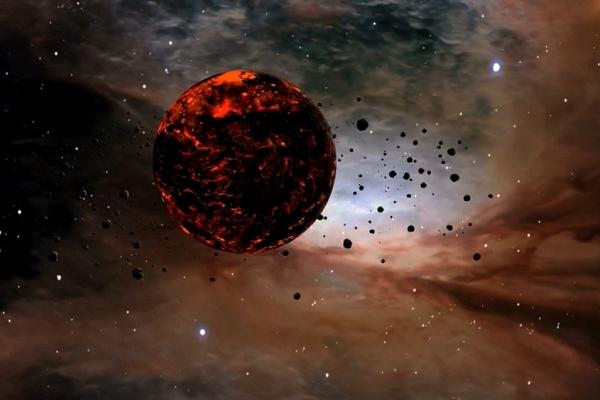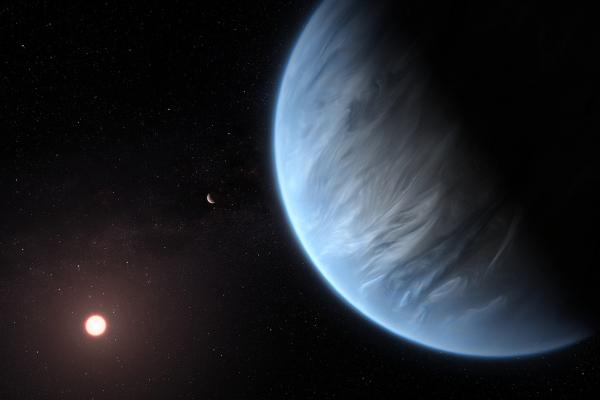Exoplanets
On December 17th, the European Space Agency’s CHEOPS telescope will blast into space to take a closer look at some of the potentially habitable planets we’ve found beyond our solar system. Ahead of its launch, Horizon takes an in-depth look at what we already know about such exoplanets and what’s still to learn. We speak to Dr Michaël Gillon, who in 2017 was instrumental in discovering a system of seven Earth-like planets outside our solar system, about the diversity of the thousands of exoplanets we’ve found so far and next steps for research. We talk to scientists who are trying to understand the structure of Super-Earths – planets up to 10 times the size of Earth – by recreating elements of planetary cores in their labs, and others who are trying to understand how different planetary systems formed in the first place. Finally, we delve into one of the most important conditions for life to exist on exoplanets – their atmospheres – and find out how scientists are trying detect the biosignature gases that indicate the presence of life.
It may be that life is lurking out there on other planets. But stuck here on Earth, how can we ever know for sure? A good place to start is by looking for the compounds on other worlds that are known to be the key ingredients of life as we know it.
Twenty-four years ago, Swiss astronomers Michel Mayor and Didier Queloz discovered the first planet orbiting a sun-like star outside our solar system – a milestone recognised by this year’s Nobel prize in physics. Today we know of thousands more ‘exoplanets’, and researchers are now trying to understand when and how they form.
Rocky planets larger than our own, so-called super-Earths, are surprisingly abundant in our Galaxy, and stand as the most likely planets to be habitable. Getting a better idea of their interior structures will help predict whether different planets are able to generate magnetic fields – thought to be conducive for life to survive.
From the first discoveries of planets beyond our solar system in the 1990s, we now know of thousands of alien worlds, some of which could even be habitable to life as we know it. Now we need to detect more of these exoplanets and study them in detail, says astronomer Dr Michaël Gillon from the University of Liège in Belgium, who was involved in one of the most important exoplanet discoveries to date.
Detailed simulations of planetary formation are revealing how tiny grains of dust turn into giant planets and could shed light on where to find new Earth-like worlds.
Bi-weekly news alert
The best Horizon stories, delivered to your inbox
Subscribe now






